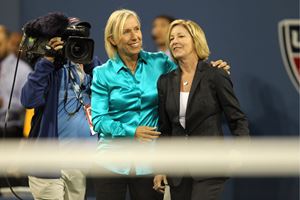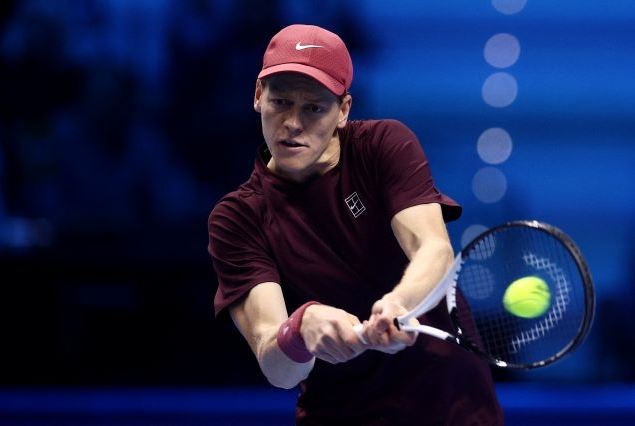In a sport with a global vocation such as professional tennis for as long as it has existed, the controversy over Sinner’s Italian quarters (some say he is too little Italian and some too much) is completely out of placein the true sense, not only because it would be ungenerous to impute to him an additional original sin for being his stork gliding into a frontier land with borders roughened by history, but because the question of identity is distant sidereal distances from the reality ofATP, a professional circuit, which has always been very little permeable to the dynamics of local or national bell towers: its unit of measurement is the world. The fact that there are many or few compatriots in the world ranking is only a measure of the quality of a movement and a school, which speaks of the good work done but does not change the internationality that characterizes the whole.
Anyone who loves tennis, not a recent neophyte, knows well that the world is divided between Roger Federer and Rafael Nadal, with Novak Djokovic acting as the third wheel: a Swiss with a South African mother, a Balearic islander, a Serbian, not exactly great powers. And first between Borg and McEnroe, a Swede and an American of Scottish origin. They were never chosen for bell tower, but always for style, for attitude, for temperament: Borg and McEnroe because they were ice vs fire, imperturbability vs intemperance. André Agassi was supported for his diversity: with the air of a pop star he broke the monotony of white gestures. Federer was loved for his tennis genius, for the beauty he displayed; Nadal for his stubborn generosity. Djokovic, at least at the beginning, was more than loved and admired, for his itch and for his precision, for his extraordinarily professional nature, even if being third between the other two worked against him.

When in the mid-seventies Chris Evert and Martina Navratilova in their antithetical styles how many others ever gave rise to the most spectacular rivalry in the history of women’s tennisno one wondered how American the citizenship Martina acquired after escaping from Czechoslovakia was, she simply chose her serve and volley based on taste and feeling, or, on the contrary, the elegant regularity of her opponent and friend. They are still friends now, they supported each other, and still do, in facing the cancer that struck both of them more than once.
And when at Roland Garros in 1989 the world cheered for Michael Chang with his 17 years and his 1.70 meters against the Edbergs and Lendls of a completely different stature and structure, it did so not because he was an American of Chinese origin against a Swede and a Czechoslovakian, but because it was David against Goliath and he was cheering the slingshot to see how it would end.
Seeing how it ends is the reason why the public in tennis matches can choose to take one side or the other and not even always the same one even during the same match: if a match is too odd and seems like it will end quickly, those who up until then have chosen a side without having a precise reason, perhaps change it, because they want the third set or the fifth, and get together with the person who is losing to see the match to the end and see it fought.
It’s the same reason old wolf Novak Djokovic who always played, sometimes inciting it against the public, siding with Federer and Nadal, now like never before, at a physical disadvantage due to his age, he finds support from his side: there is admiration for his not giving up, for his not giving up a ball even at the cost of remaining on the ground panting in the middle of the field.
And those who today ask Sinner for citizenship licenses still haven’t understood that out there in the world of tennis that never sleeps because it lives in all time zones, for a few who were to deny it, there is an entire planet ready to adopt the champion of the moment. Which already belongs to everyone. As is Alcaraz, because those who know tennis know that to have good matches for a long time the real bet is to support tennis, that is, for their rivalry and their alternation.
And it is no coincidence that if the two groups of the ATP Finals in Turin are not named after Panatta and Pietrangeli, as Campanile would suggest, but with Bjorn Borg and Jimmy Connors: an icy Swede who won as quickly as Julius Caesar in Gaul, come, see, come and so on in a few seasons and his opposite, an American who said unrepeatable words to the referees on the field but who lasted until he was forty and won more titles than anyone else. They are the history of tennis for everyone, even for those who didn’t have time to see them on the court, not even on TV.


